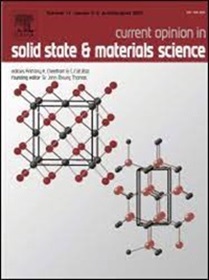Predicting displacement damage for ion irradiation: Origin of the overestimation of vacancy production in SRIM full-cascade calculations
Abstract
Ion irradiation and implantation have wide applications that demand accurate determination of displacement damage profile and distribution of implanted ion concentration. The prediction of vacancies is especially important to determine displacements per atom (dpa), the standard parameter of primary radiation damage in materials. However, significant discrepancies exist in estimations of vacancies between full-cascade (F-C) and quick calculation (Q-C) options in the popular computer code SRIM. This study inspected the SRIM code and a relatively new code called Iradina, which uses a similar methodology, to develop an understanding of the origin of vacancy overestimation in the F-C options for SRIM and Iradina. We found that the default values of thresholds (namely final energy in SRIM and replacement energy in Iradina) in displacement production calculations results in excessively large number of calculated vacancies and very few replacements. After conducting multiple calculations using SRIM, Iradina, and MARLOWE (all based on the binary collision approximation), a comparison of the results indicates that there is a shortcoming in the SRIM and Iradina F-C methodology for treating near-threshold collisions. This issue is responsible for the deficiency of replacements and excess of calculated vacancies in the SRIM and Iradina F-C results. Drawing on the principles of collision physics, we propose recommendations for modifying the source codes to address these issues.

 求助内容:
求助内容: 应助结果提醒方式:
应助结果提醒方式:


